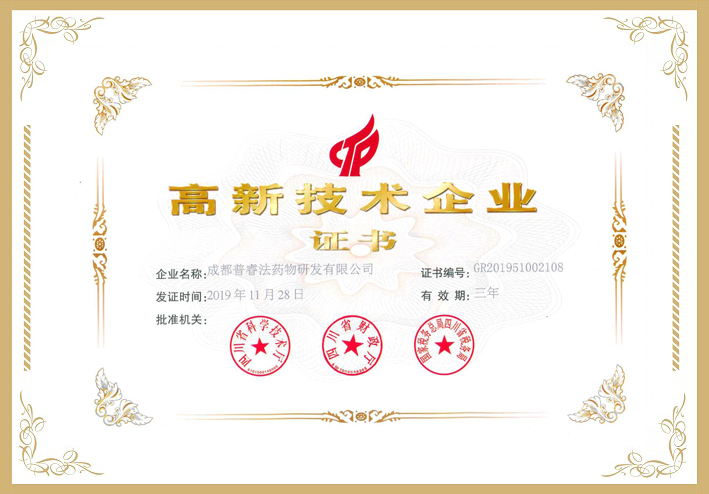Abstract
Objective
To establish multi-class bioactive constituents’ determination of ten Anoectochilus, four Goodyera and one Ludisia species, and provide reference for the improvement of their quality control.
Methods
HPLC-ELSD and phenol–sulphuric acid methods were used for the quantitative determination of lactone glycosides (kinsenoside and its diastereoisomer, goodyeroside A) and polysaccharides, respectively, while an efficient iHPLC–MS/MS method was established for rapid determination of other minor constituents in ten Anoectochilus species and five related species.
Results
The contents of kinsenoside, goodyeroside A, polysaccharides and flavonoids varied notably almost in all tested samples, including both wild plants and tissue cultures. In particular, kinsenoside was the major lactone glycoside in A. roxburghii, A. formosanus, A. xingrenensis, A. nandanensis, A. brevilabris and A. burmannicus, whereas goodyeroside A was the predominant constituent in A. lylei, A. longilobus, A. elatus, A. zhejiangensis, G. schlechtendaliana, G. biflora, G. yangmeishanensi, G. repens and Ludisia discolor.
Conclusion
Our present study suggested that A. lylei, A. longilobus, A. elatus, A. zhejiangensis, Ludisia discolor and Goodyera species cannot be used as alternatives for A. roxburghii, and goodyeroside A may be reasonably used as a diagnostic marker for distinguishing A. roxburghii from A. lylei, A. longilobus, A. elatus and A. zhejiangensis, Goodyera and Ludisia species. The established method thus could be potentially used for the quality evaluation and control of Anoectochilus and some related species.
… Other organic solvents (analytical grade) were procured from Sinopharm Chemical Reagent Co. Ltd (Shanghai, China). The standard compound of kinsenoside (purity > 98%) was procured from Chengdu Biopurify Phytochemicals Ltd. (Chengdu, China) …























